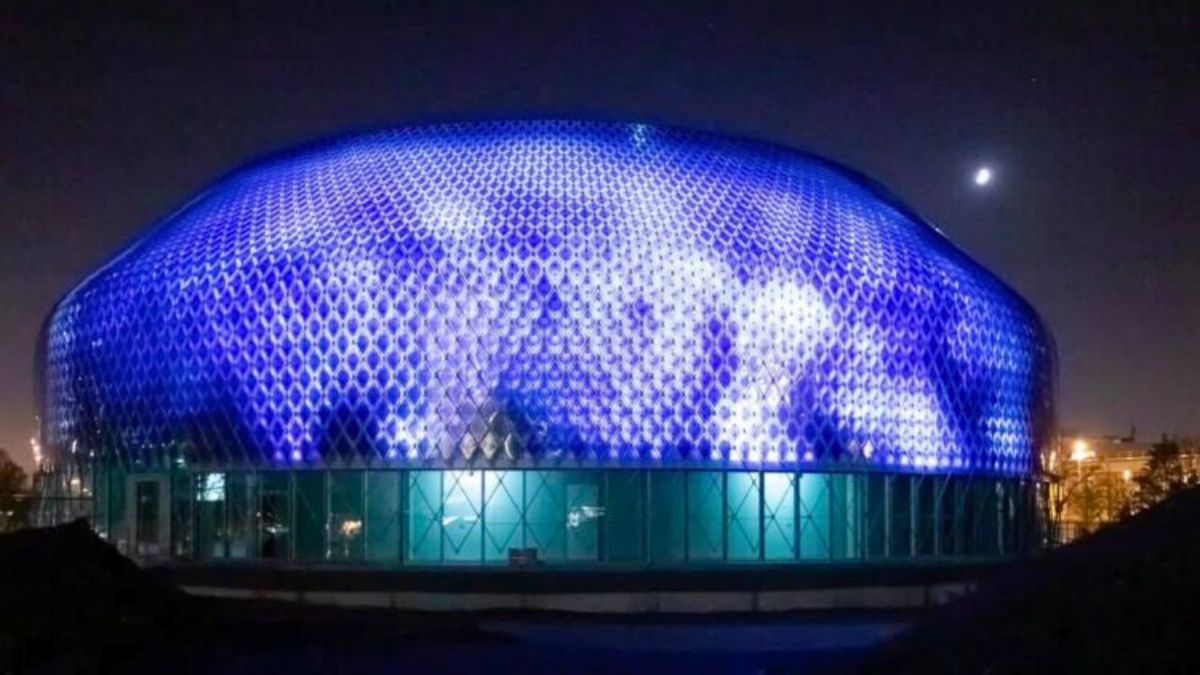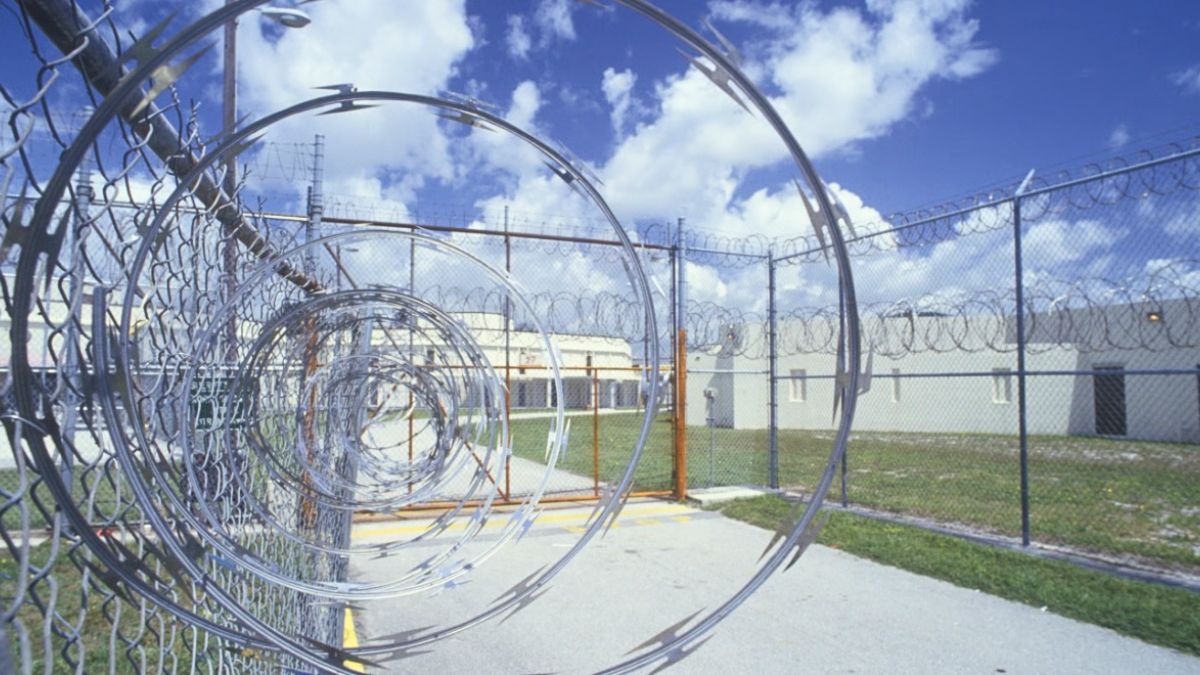The Novartis Pavillon isn’t just a sleek, modern structure tucked away in Basel, Switzerland—it’s a whole new way of thinking about buildings. It mixes sustainability, cutting-edge solar tech, and digital art into a space that does more than just sit there. It interacts with you, educates you, and even powers itself. Sounds like sci-fi? Not anymore.
Solar
The star feature of the Novartis Pavillon is its outer shell made of 10,000 organic solar modules, known as OPV (Organic Photovoltaics). These aren’t your usual rigid panels. They’re lightweight, flexible, and built from carbon-based materials. That means they can bend around curved surfaces like a second skin, turning even the most unconventional shapes into solar collectors.
Instead of hiding the technology, the building celebrates it. These OPV panels cover its round, doughnut-shaped exterior and soak up sunlight during the day, turning it into clean energy.
Screen
Here’s where it gets really cool—the Novartis Pavillon doesn’t just generate energy. It glows. Thanks to 30,000 LEDs spread across the inside and outside of the building, the OPV skin transforms into an interactive digital screen.
During the day, it displays health and science-related messages aligned with Novartis’s mission. At night, the building becomes a canvas for digital art created in collaboration with artists and scientists.
Art
This isn’t some random light show either. The media art was created by artist Daniel Canogar, working with Esther Hunziker and a team of Novartis scientists. What you get is a blend of creativity and scientific insight, projected right onto the building’s façade. It’s art that speaks science—and vice versa.
So, this building doesn’t just “look nice.” It’s literally designed to communicate, educate, and inspire, making it a live digital storytelling platform.
Design
The design was led by AMDL CIRCLE, under architect Michele De Lucchi. But it didn’t stop there. Swiss studio iart stepped in to handle the tech, merging architectural elegance with digital brilliance. The result? A futuristic building that’s as practical as it is poetic.
Its round shape isn’t just for looks. That curved design helps with even distribution of the solar panels, letting the building make the most of the sun throughout the day.
Balance
What makes the Novartis Pavillon especially powerful is its ability to balance what it gives and takes. It produces as much energy as it consumes. That’s right—zero net energy. It doesn’t rely on external power, and that means it leaves a smaller footprint on the environment.
This kind of energy self-sufficiency is the dream for eco-architecture. And this building nails it.
Beyond
The Novartis Pavillon isn’t just about energy and science. It’s also about emotion, creativity, and connection. People walking by aren’t just looking at another corporate building—they’re seeing a living sculpture that reflects the future of sustainable design.
It’s been nominated for the Dezeen Awards, one of the top honors in global architecture and design. And it’s easy to see why. This building is where sustainability, innovation, and culture meet, and it makes you wonder—why aren’t all buildings like this?
If this is what the future of green architecture looks like, we’re totally on board. Because when a building can talk, glow, power itself, and make people think, that’s not just good design—that’s magic.
FAQs
What is OPV in the Novartis Pavillon?
OPV stands for Organic Photovoltaics, flexible solar panels used on the building.
Where is the Novartis Pavillon located?
It’s located in Basel, Switzerland.
Does the building use external power?
No, it generates as much energy as it consumes.
Who created the digital art on the building?
Artist Daniel Canogar, with Esther Hunziker and Novartis scientists.
Can the building display messages?
Yes, it uses LEDs to show info and digital art on its façade.
























